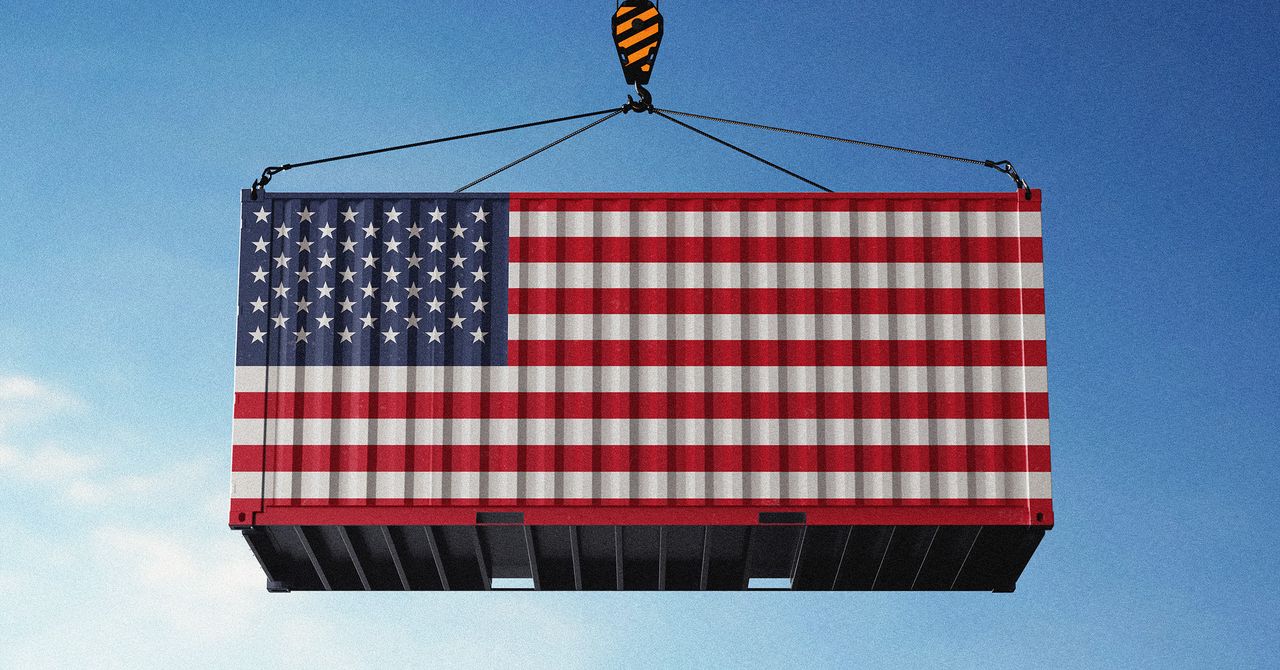
The tariffs will raise the prices of electronic products. If you need a new device, "buy it now."
A 104 percent tariff on imports from China is likely to cause an increase in the prices of smartphones and laptops in the coming months.
The recent implementation of tariffs on imported goods has generated significant attention and speculation about their possible consequences. Last week, the president announced a series of tariffs that will affect numerous products from abroad, raising concerns about a potential global trade war and its impact on the economy. As of April 5, a general tariff of 10 percent was established on all imports, with reciprocal specific tariffs applicable to 60 countries starting April 9.
It is important to clarify that the tariffs are paid by the companies importing the products. This additional cost will affect the finances of these companies, leading them to pass the increase onto consumers through higher prices. For example, if a laptop has an import price of $400 in the United States, a retailer would typically add an average profit margin of 30 percent, resulting in a final cost of approximately $571. However, with a 104 percent tariff applied to imported products from China, that same laptop could see its price rise to $966, representing a significant increase of 69 percent.
The impact will be significant across various sectors, with electronics being one of the most affected. Countries like Vietnam, Taiwan, Japan, and India will also be impacted, although tariffs are likely to be negotiated with several of these, while tariffs on China remain in effect. This will lead to price increases on items such as smartphones, laptops, and video game consoles, which are the most imported products from China.
Consumers are advised to consider making their purchases now, as prices may not spike immediately due to companies having stocked inventory in anticipation of the trade war. However, it is expected that starting in June or July, prices will begin to notably increase.
Aside from electronics, other categories of products that may see price increases include furniture, footwear, kitchen utensils, toys, and more. In addition to higher prices, a reduction in the variety of available products is also anticipated, as importers focus on the most profitable items.
Companies are already responding to these new conditions: some, like Nintendo and Jaguar Land Rover, have announced changes in their product launches and shipments, while several brands have expressed their intention to partially absorb the additional costs. On the other hand, some companies are revising their strategies to avoid dramatic price increases, although uncertainty regarding the current situation is high.
As this situation continues to unfold, price increases on many products are expected. While it’s not a time to panic, those in need of products like smartphones or electronic equipment should consider purchasing soon to avoid future cost increases.



